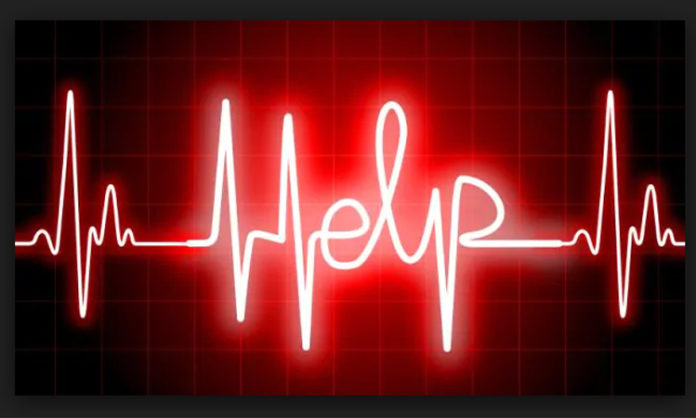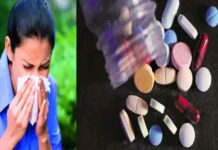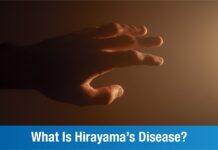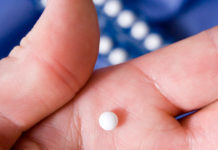Heart disease was once considered an old-age ailment but has now become a common lifestyle concern. Statistics show that the rate of heart diseases in India is double that of the national averages of western countries. Despite being a growing concerns, not many us are aware of the most common heart attack symptoms.
While a person’s genetic disposition and family history remain as the most common and uncontrollable risk factors, majority of heart diseases may be caused due to controllable factors like blood pressure, diabetes, smoking, sedentary lifestyle, unhealthy diet, stress and weight issues. In today’s scenario, our lifestyle emerges as the biggest risk factor.
Heart disease can take many forms. Stroke or heart attack is the number one cause of mortality, especially among young Indians. According the Indian Heart Association, “50% of all heart attacks in Indian men occur under 50 years of age and 25% of all heart attacks in Indian men occur under 40 years of age.”
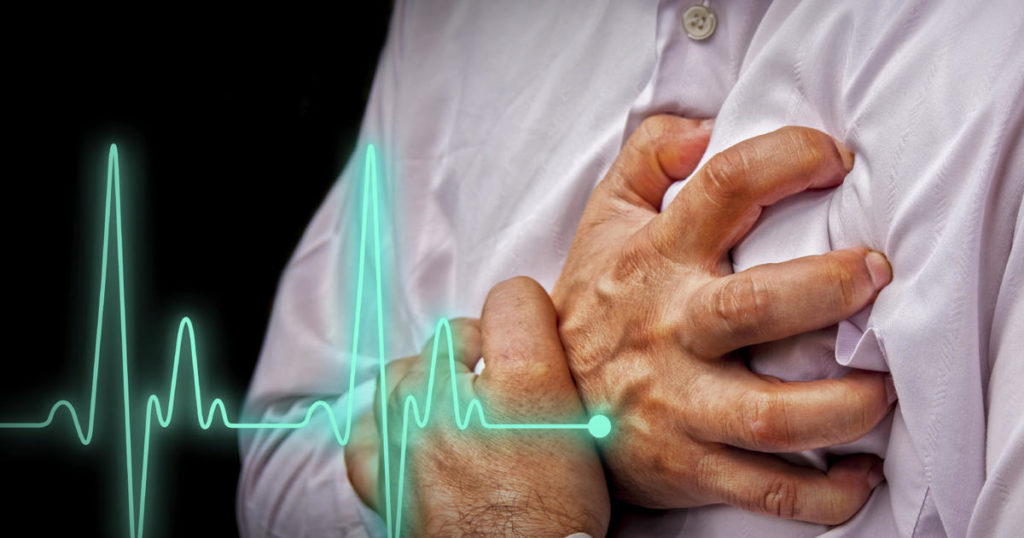
In most cases, a heart attack occurs when a blood clot is formed in one of the blood vessels responsible for supplying blood to the heart. For long, heart ailments have been regarded as a man’s disease. This probably stems from previous studies, which state that the presence of a hormone called estrogen in women naturally protects them. It is known to keep blood vessels flexible so that they can easily relax and expand to accommodate blood flow and therefore, the decline of estrogen in post-menopausal women makes them more vulnerable. However, with changing lifestyle practices, both men and women share the same risk.
In case of a heart attack, it has been seen that the lack of knowledge often causes a delay in handling the situation, which could aggravate the damage and in some cases prove to be fatal. We asked Dr Ashok Gupta, Director of Vascular Surgery at Saket City Hospital and Cardiologist Anuj Ved Gupta to help us understand the symptoms of a heart attack and suggest precautionary steps that can be taken while waiting for medical help.
Identifying the Early Symptoms
1. The most common symptom of a heart attack is sharp and constricting pain in the center of the chest, which radiates to the left side of the body, particularly the left arm, and also to the back and between the two shoulder blades. The pain may also come up to the chin and cause jaw discomfort.
2. The person may sweat profusely. This condition is medically known as diaphoresis. Sweating is caused due to the over-activation of the sympathetic nervous system. When you experience sharp pain certain hormones are released, your blood pressureand heart rate go up and it leads to sweating.
3. According to Dr Ashok Gupta, in case of diabetic patients sweating, feeling light headed and momentary black outs are more common than feeling sharp pain.
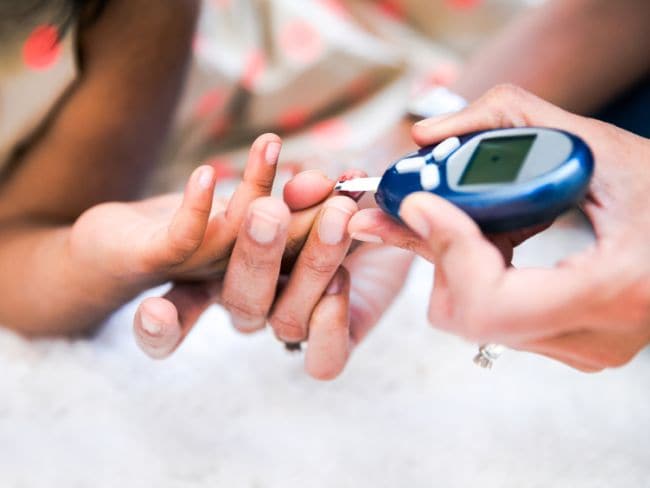
4. Breathlessness, dizziness and losing consciousness are some other symptoms. A heart attack occurs when the supply of oxygen-rich blood to the heart muscle is disrupted due to certain blockages in the coronary arteries.
5. Discomfort in the upper part of the abdomen and a burning sensation, which can sometimes be confused with acidity or heartburn.
6. A strong feeling of nausea is another symptom in disguise, which may also be confused with gastric problems like indigestion.
7. Other warning signs can include unexplained fatigue, paleness, palpitations and anxiety.
What Can You Do When a Heart Attack Occurs?
1. The first thing to do is to call for emergency medical help. It is important to say this because in most cases you may try to resort to self-administered treatments, which can worsen the situation.
2. Make the person lie down flat on a firm surface and loosen clothing.
3. Clear the airway and allow him to take a few deep breaths.
4. According to Dr Ashok Gupta, the pulse should be checked not on the wrist but on any one side of the neck. When the blood pressure is low, wrist pulse may be absent. Therefore, check for the regularity of the neck pulse.
5. If the person is breathless, try giving him oxygen.
6. If the patient feels nauseous, turn him to one side and allow him to throw up so as prevent the expulsions from entering other parts of the body like the lungs.
7. Raise both the legs of the patient to improve the supply of blood to the heart, suggests Dr Ashok Gupta.
8. Isosorbide dinitrate is a nitrate, which is used as a vasodilator. It widens blood vessels and makes it easier for blood to flow through them and reach the heart. It is available in the form of pills and should be taken if at all the need arises, suggests Dr Anuj Ved Gupta.
9. If the person is unconscious, perform cardiopulmonary resuscitation (CPR), If you don’t know CPR, you can still help. The American Heart Association (AHA) recommends a simplified version of CPR called Hands-Only CPR, as seen in the video below.
What Not To Do During a Heart Attack
1. The famous self-administered treatment of coughing repeatedly is unlikely to help and is more of an urban legend.
2. Thumping and pumping the chest without knowing the heart rhythm should be avoided.
3. Do not try to feed the patient anything and it is best to avoid oral medication. For instance, aspirin has been credited with inhibiting blood clots but Dr Anuj Ved Gupta suggests, “Aspirin is not for everyone as it has specific indications for use. It may be helpful where it is actually required but can be very harmful if taken without a doctor’s advice.”
5COMMENTS It is important to note that most lifesaving medications that help in recovering from a heart attack work best when given within one or two hours of experiencing the first symptoms, when the cardiac damage is limited. Therefore, in such situations time is most crucial. Recognizing the early symptoms and immediate medical attention can save many lives.































